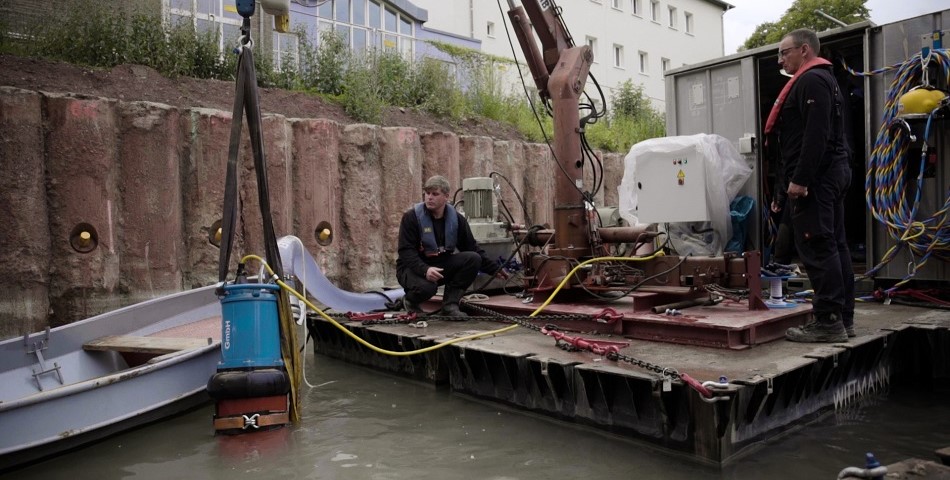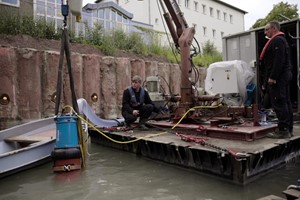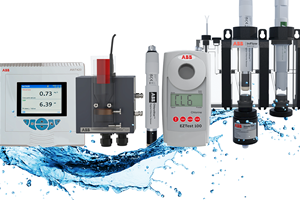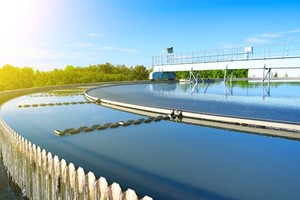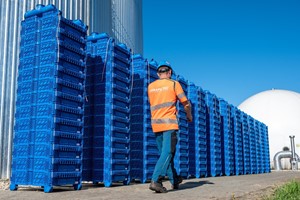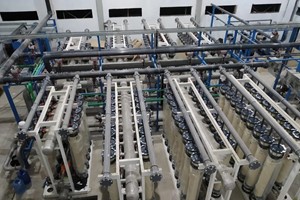Cement suspension, sand, mud and pebbles in the water: During the construction of a rainwater retention basin in Bielefeld, Germany, the "hoover of the construction diver" helps to install the underwater concrete floor.
The higher the property prices, the denser the building development. This has consequences for the urban infrastructure. Bielefeld is also confronted with the flip side of the building boom, as the increasing sealing of the ground makes it more difficult for rainwater to drain.
The most recent project of the environmental authorities is an underground rainwater retention basin with a capacity of 10,000 m3. For this purpose, a 20-metre deep, surrounding bored pile wall was first set. The lower end is formed by the installation of a 110 cm thick concrete base with 2,500 m3 of concrete.
The target excavation level lies in the aquifer. In order to prevent the concrete base from being driven up or broken by the groundwater pressure, anchors were inserted 20 metres deep into the ground in a 3 x 3 metre grid. Hardly avoidable: During the grouting of the threaded steel elements, excess cement reaches the bottom of the excavation, where it mixes with drilling and ultra-fine slurries. "You can't concrete an excavation pit that contains sludge," explains Marcel Meyer from the commissioned specialist Bautauchen & Wasserbau Sauerland GmbH from Brilon. This leads to leaks at the wall connections.
"The concrete roller presses the sludge against the walls, later the ground water rises and floods the pit". In order to prevent the hydraulic ground failure, the sludge deposits, semi-hard and hard cement suspensions must be removed over the entire area. The hard elements are recovered individually by divers and brought out of the pit in skeleton boxes. For the (larger) rest, Meyer comes up with the "hoover of the construction diver": a powerful Tsurumi pump, which has been slightly modified. Instead of the open suction basket, there is a hose connection at the inlet: with the suction nozzle at the other end, the divers bring up the loose floor covering from a depth of four metres.
In sedimentation tanks the mixture calms down and the solids sink down. This means that the return water is largely free of sediment and sludge and can be returned to the pit. A bone job for the divers that work in group rotation: "All manual dismantling work," emphasises Meyer. Good experience has already been gained with the Japanese pumps. T
hey have even proved themselves with water containing bentonite. There is not much choice on the market, says Meyer, because pumps for this work not only have to withstand the difficult medium, but also have to have a long service life. While the concrete floor is scheduled to be constructed for around 30 hours at a stretch, two and a half months are estimated just for the preparatory suction work. The divers manage 9 to 10 hours a day.



